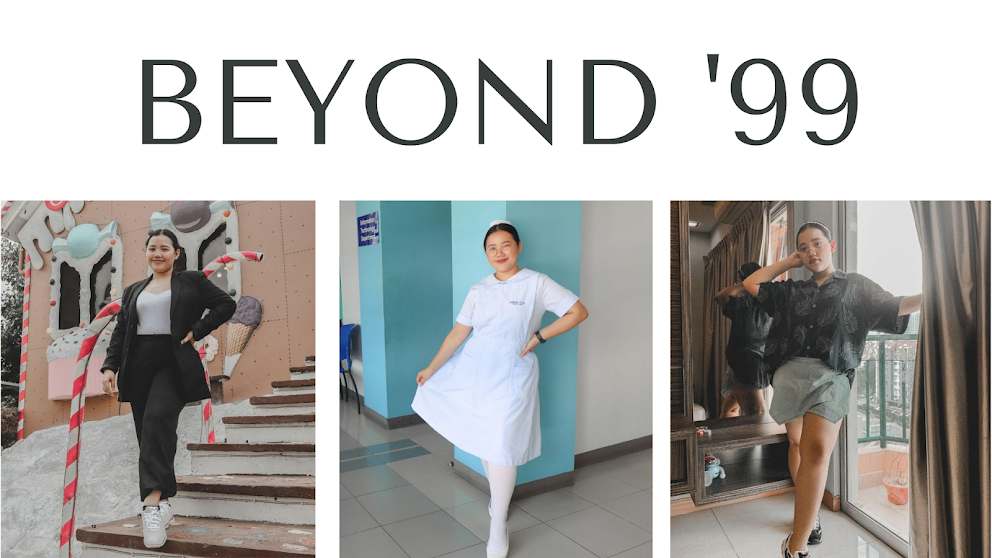The podcast is all about the implementation of prone positioning in clients with ARDS from bench to bedside during the time of COVID-19 pandemic. The speaker, Dr. Apte talked about the rationale of prone positioning to those clients who are ventilated, the implementation of safe prone protocol, and the quality control in practice change in intensive care units. Acute respiratory distress syndrome (ARDS) is a life-threatening condition that allows the fluid to leak into the lungs. It has too many causes and it can be due to pulmonary factors or a direct injury to the lungs and non pulmonary factors or the insult outside the lungs. In pulmonary factors, it can be because of pneumonia, aspiration, inhalation injury, and near drowning while in non pulmonary it can be due to sepsis, non thoracic trauma, pancreatitis, major burn, and cardiopulmonary bypass. It has three classical characteristics and these are the acute onset of hypoxia, bilateral infiltrates in chest radiograph, and no evidence of left atrial hypotension. It can also be categorized based on its severity so it can be mild, moderate, or severe. Prone positioning is helpful to manage clients with moderate to severe ARDS in the intensive care unit because it redistributes the blood and air flow evenly thus improving the gas exchange of the client. Some of the benefits of prone positioning is that it creates a more homogeneous pleural pressure distribution, decreases pulmonary shunting, improves ventilation perfusion mismatch, reduces ventilatory lung injury, and decreases pulmonary cardiac restriction. In implementing the prone positioning, a nurse should have a good clinical judgement to determine if the client is indicated or contraindicated to that procedure to ensure its effectiveness. Some of the indications for proning are ecmo of 150, oxygen requirement of 60%, and peep that is greater than 10. In addition when implementing the prone positioning, the position of the client must be changed every two hours in order to prevent pressure wounds and joints deformities. The quality of prone positioning in intensive care units revealed that there are no major complications or adverse effects happening to clients. However, there are some minor abrasions such as grade 1 pressure injuries in face, chest, toes but still the client was still successfully weaned in mechanical ventilatory post-proning.
I understand that despite the pharmacological interventions being made to the clients, the mortality rate of the acute respiratory distress syndrome (ARDS) is still high. Infact, the mortality rate of ARDS with COVID is 65% which is higher than the previous rate of 22-44%. That is why upon reading the title of the podcast, I felt that there is hope for those people who are experiencing this syndrome because there is a non pharmacological intervention that could help them to have an improved oxygenation and an improved respiratory mechanics. Prone positioning is an important life support because it helps the client to easily breathe again because it homogenises the pleural pressure gradient, alveolar inflation, and ventilation distribution. In addition, prone positioning can be easily adopted to other intensive care units (ICU’s) that do not have the ability to provide tertiary services because it can be applied and implemented easily and rapidly especially during this time of the COVID-19 pandemic. However, before initiating prone positioning, a thorough analysis of the situation must be done because not all cases are applicable to that procedure. Some of the criteria mentioned above must be taken into consideration in order to ensure that the client will surely experience an improvement in oxygenation and will be able to survive this disease.
I would apply the learnings that I gathered from the podcast of Dr. Apte by understanding more the concept of the respiratory system, practicing my decision making skills, and knowing how to properly apply the treatment protocol of treatment prone positioning. I have to fully understand how the respiratory system works so I will know its mechanism that will help me in every action that I will provide to my future client. Knowing the deeper concept of the respiratory system will also help me in the decision making process that I will take since this will serve as my guide. I also have to practice my decision making skills since prone positioning is not for all the clients with ARDS. Correct selection of clients is important to ensure the effectiveness of the interventions so I need to have a good clinical judgement that will guide me in the decision that I will take in the future when I encounter such cases like this. Lastly, I have to learn and practice the proper way of the treatment protocol of prone positioning such as the do’s and don’ts in positioning and the skin care in order to prevent pressure on the different body parts of my future client.



0 comments